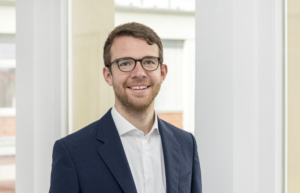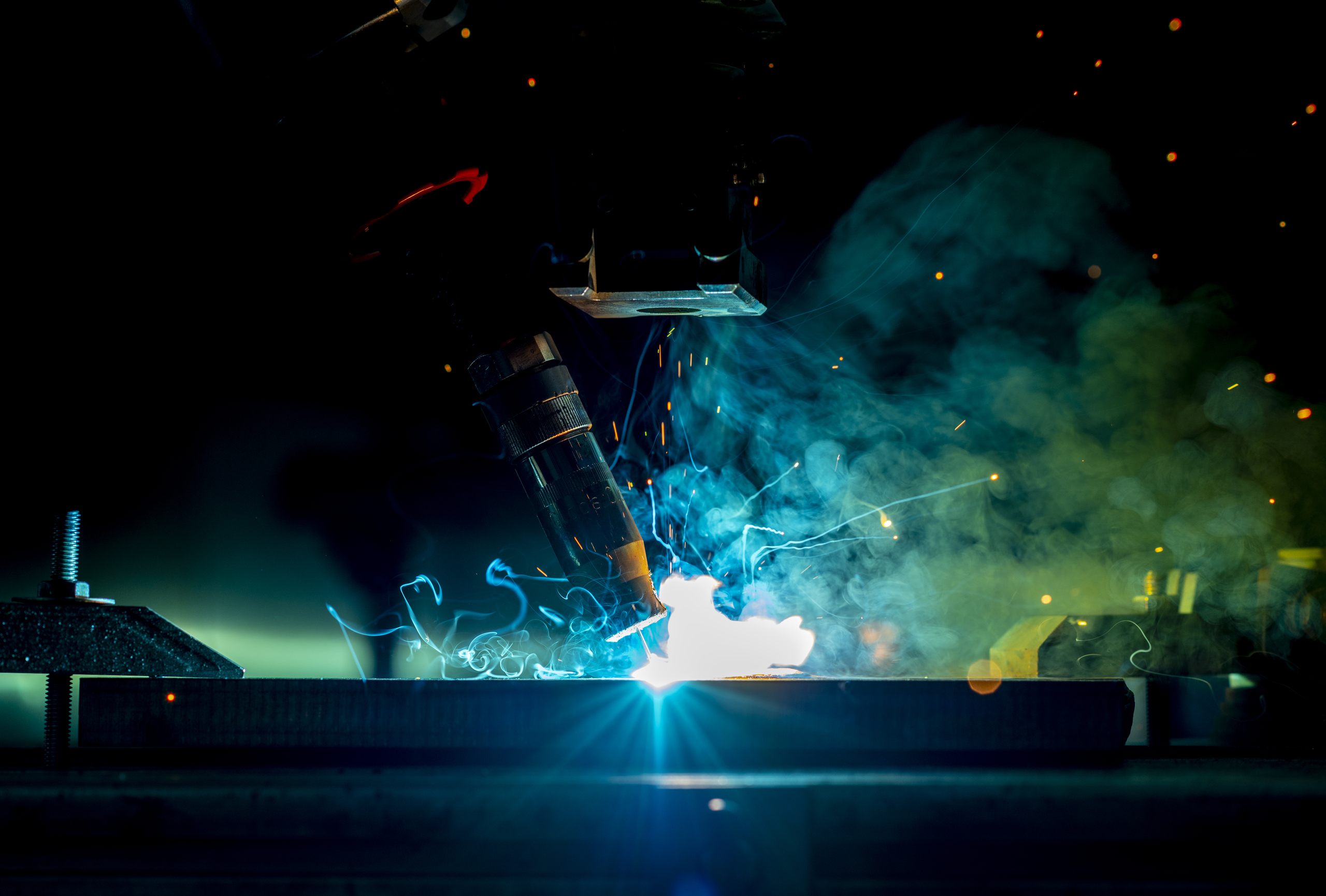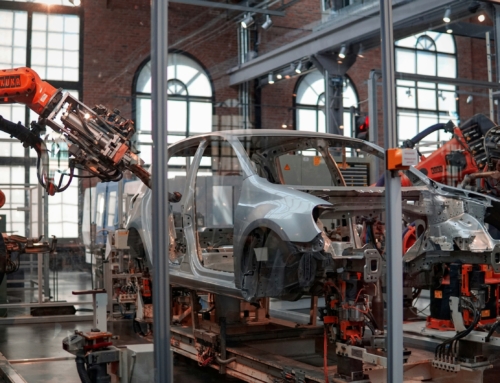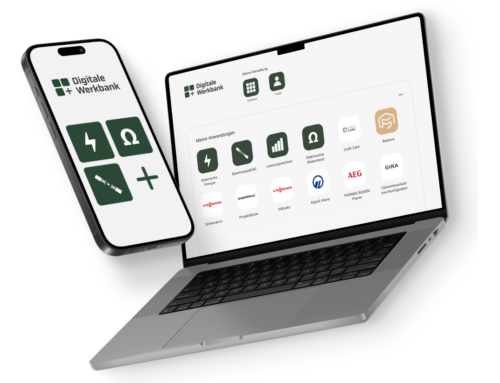Innovation Award Berlin Brandenburg: Startup WeldNova Enables the Use of Cutting-Edge Welding Technology
The most commonly used welding technology for thick sheets in Germany has hardly changed in 90 years—until now. The startup WeldNova has developed a magnet that prevents molten metal from dripping, even with very thick sheets, thereby paving the way for the widespread use of laser hybrid welding. Cost savings: 90 percent. Environmental footprint: excellent. For this achievement, the startup was honored with the Innovation Award Berlin Brandenburg. We spoke with WeldNova CEO Christian Brunner-Schwer about the process and the positive impact of the award.

Christian Brunner-Schwer (c) 9.3 for EXIST-Forschungstransfer
Christian, you won the Innovation Award Berlin Brandenburg in 2024. How has this changed things for you?
The award has brought us a lot of attention. As a result, we have already formed new collaborations—precisely in the field we are aiming for: welding towers for onshore and offshore wind farms.
Until October, we are still part of an EXIST funding program for research transfer. After that, we will scale up our revenues and hire new employees.
However, thanks to these collaborations, we have already had the opportunity to further research our technology and optimize it according to real-world requirements.
That sounds interesting. For our readers, could you briefly explain how your technology works?
Of course! Until now, anyone who wanted to weld large structures such as wind towers, steel bridges, ships, or pipelines had to rely on a 90-year-old process. In this process, individual sheets are joined with a V-shaped edge preparation and welded in multiple layers. Typically, this involves six to seven layers, but depending on the thickness of the plates, it can be more than 20. This makes the process very slow.
With our magnet, it is now possible to use modern laser technology for this procedure. Instead of multiple layers, welding is done in a single pass. Normally, the molten metal would drip, leading to material loss. We create a magnetic field that keeps the molten metal in place, allowing the sheets to be welded together quickly and without material waste.
How have you further optimized this process through your recent collaborations?
Thanks to the new partnerships that emerged after winning the Innovation Award Berlin Brandenburg, we were able to gain additional practical experience. We realized, for instance, how significant the tolerances can be for such massive components.
In practical terms, this means that gaps, or air spaces, often form between the sheets that need to be joined, and we have to bridge them. The magnetic field must be precisely calibrated to ensure that the molten metal remains in place even when dealing with larger gaps.
That sounds like quite a challenge. How did your technology come about?
We are a spin-off from the German Federal Institute for Materials Research and Testing (BAM). This means our patents are owned by the Federal Republic of Germany. The idea behind this has been around for a long time. Some of my colleagues have been involved in this research for many years. Now, the technology is ready for commercial application. I myself am an industrial engineer and worked at the Fraunhofer Institute for seven years, earning my PhD before joining WeldNova.
You mentioned earlier that the construction of wind towers is a topic particularly close to your heart. Why is that?
Sustainability and environmental protection are personally important to us. And our technology fits the bill perfectly. In fact, we can reduce welding costs for infrastructure construction by 90 percent. Delivery times are also significantly shortened.
Additionally, we want to help keep the value chain in Europe. Right now, we are seeing a trend in wind power similar to what happened with solar panels. Germany was once a leader in this field. Then, competition from the Asian market became so cheap that it was hardly profitable to produce domestically. Currently, it is more cost-effective—but certainly not more sustainable—to ship entire wind towers from Asia by sea rather than producing them locally.

Laser hybrid welding with electromagnetic melt pool stabilization, Fatma Nur Akyel during alignment, EXIST research transfer MAGIC, EXIST spin-off WeldNova
How is that possible?
In Europe, there are regulations for steel production. Companies are already required to reduce their emissions or offset them through CO₂ certificates. In the future, the goal is for European steel production to be CO₂-neutral—meaning greener steel.
Asian standard steel is subject to tariffs through the carbon border adjustment mechanism, making it financially unviable to import. However, these tariffs do not apply to finished products. Entire towers can be imported without special tariffs, allowing Asian steel to enter the European market through this loophole.
How can Europe still turn the tide?
Regulations urgently need to be adjusted. The good news is that major energy providers like EnBW are indeed willing to make their installations truly more sustainable. With our technology, we are a small but crucial part of the value chain that makes the process more efficient and cost-effective right here at home. If many individuals and companies contribute together, we can make a difference.
Contact:
Website: weldnova.com
LinkedIn: Christian Brunner-Schwer
About Ambivation

Ambivation connects innovative companies and startups for cooperation and innovation partnerships. As an innovation consultancy and matchmaker, Ambivation promotes cooperation between established companies and startups within the framework of concrete customer, supplier and research partnerships. We support companies in the identification of needs, startup identification, startup evaluation and cooperation initiation with startups. Formats such as research on relevant startups, startup monitoring, strategic cooperation consulting or event formats such as startup tours serve this purpose. Our monthly newsletter also provides information on current examples of cooperation and events.






